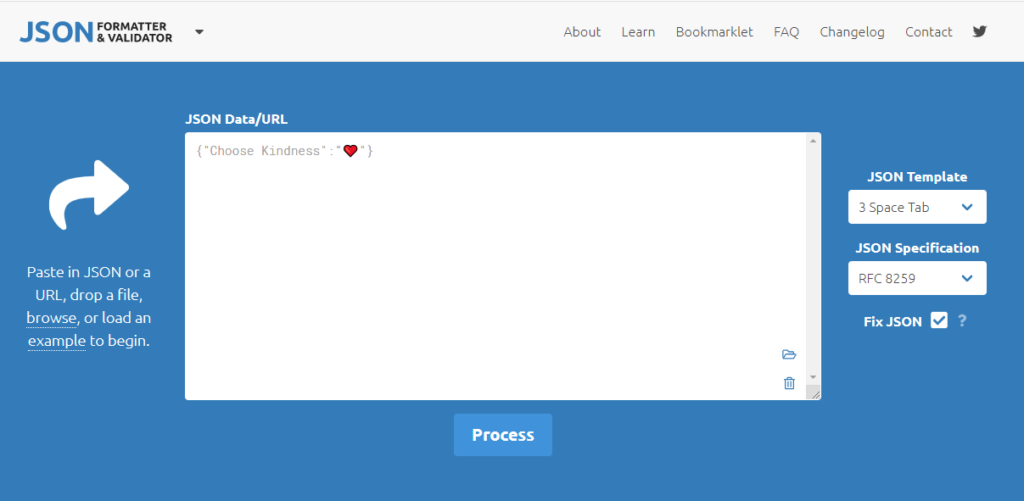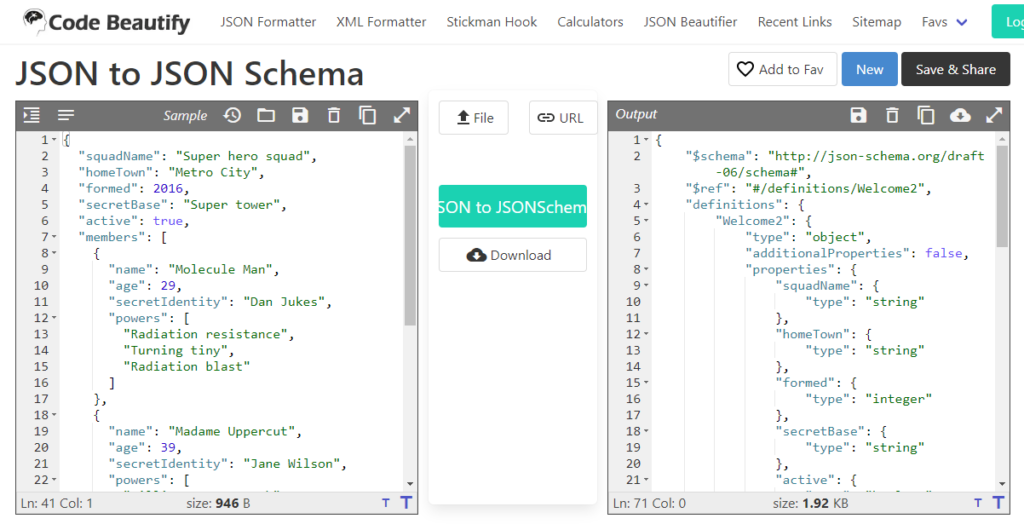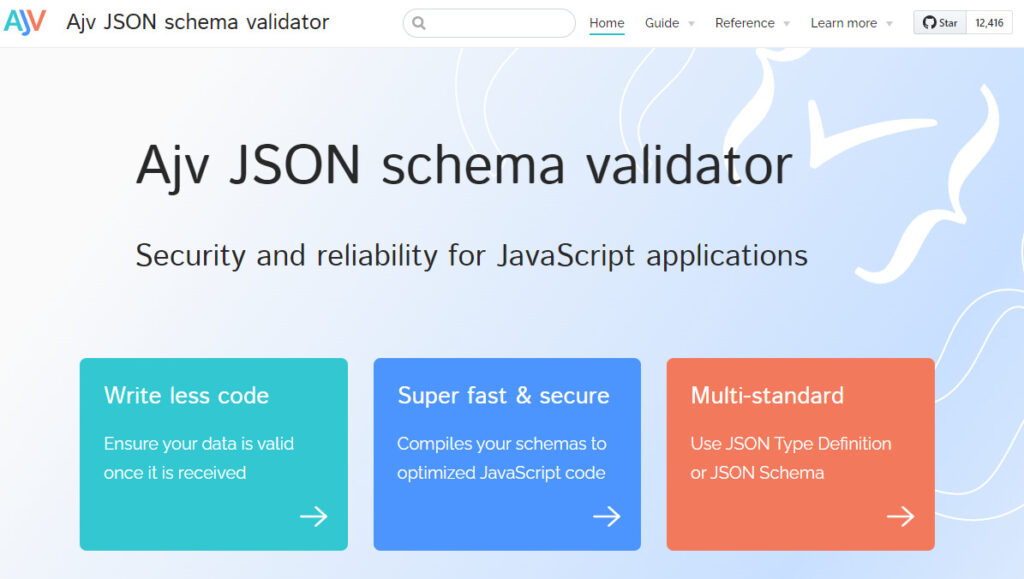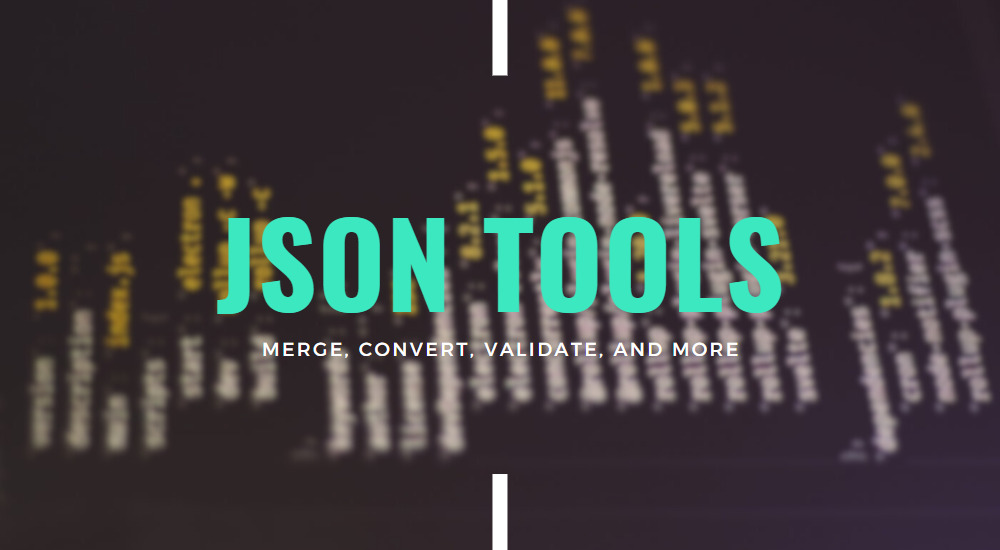JSON tools (Visualize, Format, Validate, JSON schema)
JSON (JavaScript Object Notation) files are a lightweight data interchange format used for storing and exchanging data between different systems and applications. They are commonly used in web development for transferring data between a client and a server. You can find here a collection of my favorite JSON tools to make your life easier when working with JSON files.
JSON files consist of key-value pairs, where the key is a string enclosed in double quotes and the value can be a string, number, boolean, object, or array. This simple format makes it easy for different programming languages to parse and generate JSON data.
JSON files are commonly used because they have several advantages over other data interchange formats such as XML or CSV.
- JSON files are more lightweight than XML files, which means they can be transferred faster over a network.
- JSON files are easier to read and write than XML or CSV files, which makes them easier to work with in code.
- JSON files can be easily parsed and generated by most programming languages, which makes them a popular choice for web development.
- JSON files are flexible and can be used to represent complex data structures, which makes them suitable for a wide range of applications.
Overall, JSON files are a popular choice for storing and exchanging data between different systems and applications because of their simplicity, flexibility, and compatibility with a wide range of programming languages.
Visualize JSON files
Seamlessly visualize your JSON data instantly into graphs online or in VSCode. JsonCrack allows you to load a JSON file and instantly convert it into a graph with all the properties and their relationships clearly demonstrated. Extremely useful when trying to make sense of complicated JSON files.

Format & Validate
Out of all the JSON formatters available, these are my favorites. The purpose of a JSON formatter is pretty clear, it can help you beautify an ugly JSON file and make it more readable by humans. I especially like the fact that a few formatters will also fix certain errors to keep a consistent structure across all formatted JSON files.
- JSON formatter & Validator (Online) Will format even longer JSON files and can also fix small bugs or show descriptive errors/warnings
- VSCode is my go-to tool when I have to format JSON files locally on my PC.

JSON schema
Using JSON to create a schema is a very common scenario when creating apps. I always rely on the following tools to speed up the JSON schema development process.
The first step is usually to utilize an existing JSON file to create a first version of a JSON schema (JSON to JSON schema). My favorite app for this task is Code Beautify’s JSON to JSON schema generator. You just paste a JSON file and it spits out for you a complete JSON schema.

The next step is usually to validate if a JSON file meets the requirements of a JSON schema. The validator I use for quick checks during development is JSON Schema validator. You just paste both the JSON schema and the JSON file and shows you if there are any discrepancies between the two.
Finally, my favorite JavaScript library to validate JSON files using a JSON schema in apps is AJV. Detailed documentation, a wide range of features, and great performance.

Explain JSON file
ChatGPT cannot be absent from this list. If you are trying to understand the basics of a JSON file you can just use the following prompt and let ChatGPT create a text summary for your JSON content and structure!
Can you explain the following JSON file to me?
<REPLACE WITH JSON CONTENT>
Conversions
If you are interested in converting JSON to CSV or vice versa, check out my CSV tools article for a couple of my favorite tools for this task,


